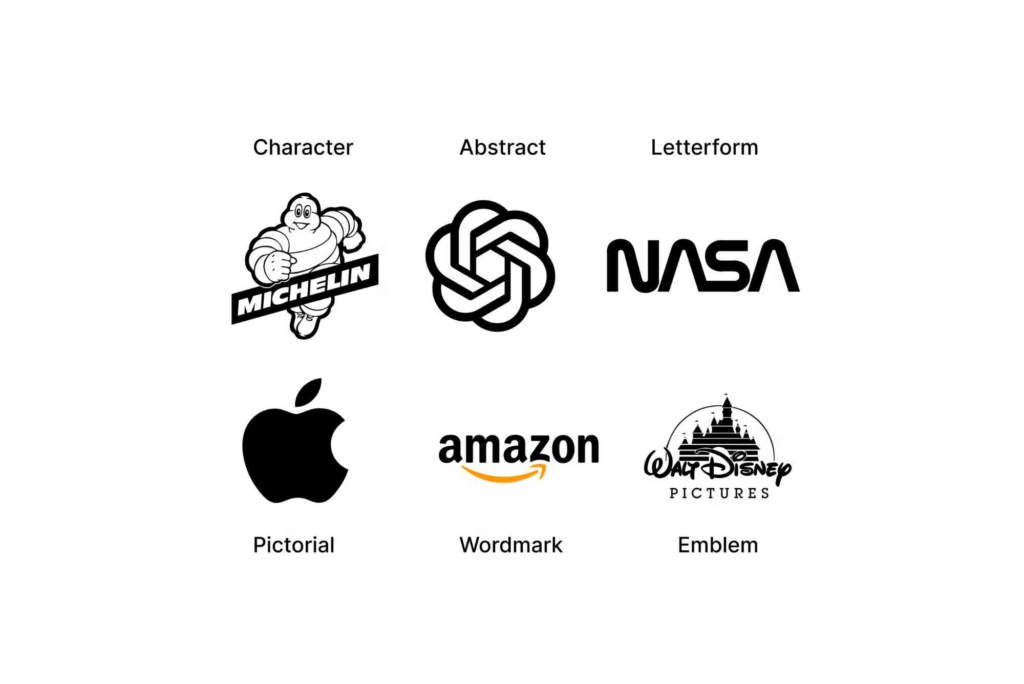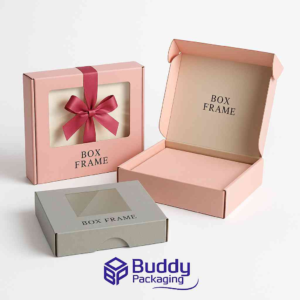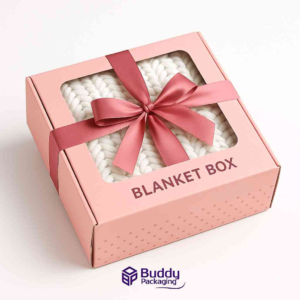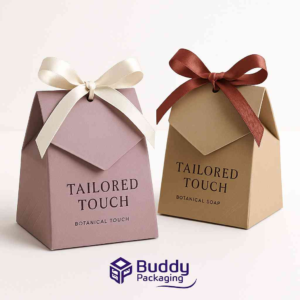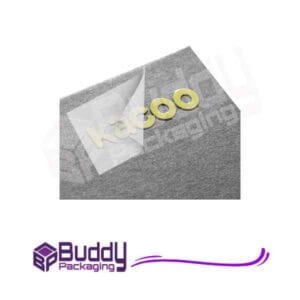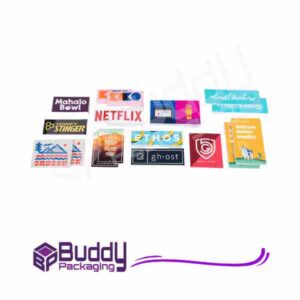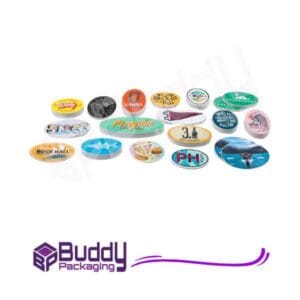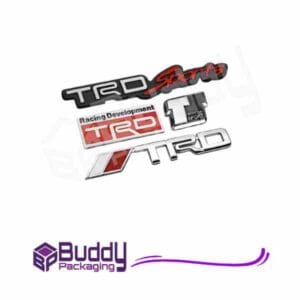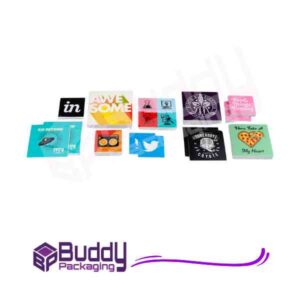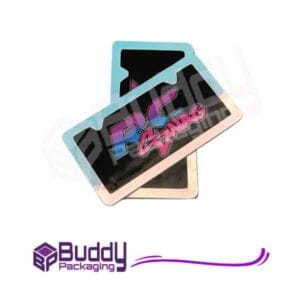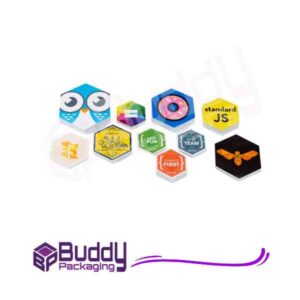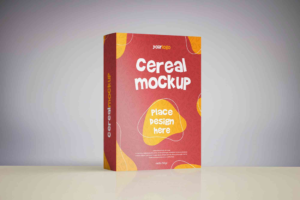Designer Label Logos: The Symbol of Fashion Identity
Designer label logos are more than visual symbols. They represent prestige, identity, and timeless storytelling. In the fashion world, logos have become one of the strongest ways for brands to connect with customers. Whether it is a luxury fashion house or a modern streetwear label, the logo is the element that leaves a lasting impression. Today, designer label logos are not just about recognition; they embody a lifestyle, a status symbol, and a commitment to quality.
The Power of Designer Label Logos in Fashion
Logos are not simply graphic marks. They act as powerful branding tools. A designer label logo communicates the brand’s personality, philosophy, and heritage in a single glance. From the Chanel interlocking Cs to Gucci’s double G, these logos are iconic in every sense. They convey luxury, sophistication, and credibility, making them a core asset of a fashion house.
The influence of designer logos goes beyond aesthetics. They also hold psychological value. Customers often choose brands based on how logos make them feel. When someone carries a bag with a Louis Vuitton monogram, it signals exclusivity and belonging to a world of refinement. This emotional connection is why fashion houses invest heavily in logo design and branding strategies.
Evolution of Designer Label Logos
Fashion logos have not remained static. Over decades, they have evolved with cultural shifts, consumer expectations, and design trends. In the early 20th century, logos were detailed and often included ornate typefaces. As fashion became more global and modern, simplicity took center stage. Today, minimalist design dominates, making logos versatile for both print and digital platforms.
For instance, Burberry updated its logo in recent years, removing the knight emblem in favor of a sleek and modern wordmark. This shift reflects how brands want to appear timeless yet relevant in a digital-first age. Similarly, Saint Laurent dropped “Yves” to create a shorter and sharper identity, resonating with younger audiences while maintaining heritage.
Key Elements That Make Designer Label Logos Iconic
Simplicity and Versatility
Logos must be instantly recognizable. The simpler the design, the easier it is to remember. Minimalist logos also adapt well to different mediums, from luxury packaging to digital advertising.
Storytelling and Heritage
Great logos often carry elements of the brand’s history. They may include initials, monograms, or cultural references. Hermès, for example, uses a horse and carriage logo, symbolizing its origins in equestrian craftsmanship.
Psychological Impact
Colors, shapes, and typography all influence consumer perception. Black is often used to show elegance and sophistication, while gold can represent luxury and exclusivity. Typography, whether serif or sans serif, also conveys brand personality.
Consistency Across Platforms
An effective logo works consistently across physical products, websites, social media, and even retail stores. Brands invest in detailed guidelines to ensure logo usage stays uniform, reinforcing brand identity everywhere.
Why Designer Label Logos Are More Than Just Symbols
Designer logos have become cultural icons. They are worn proudly on clothing, accessories, and even as tattoos by loyal fans. The demand for visible logos has grown, particularly with the rise of streetwear and celebrity influence. Collaborations between luxury brands and pop culture figures often make logos even more desirable.
Counterfeit markets also highlight their value. Fake products frequently replicate designer logos to mislead consumers. This proves how much power these logos hold in influencing buying decisions. Additionally, logos shape brand value in the digital age. Social media has turned designer logos into shareable symbols. A post featuring a recognizable logo immediately associates the user with the brand’s lifestyle, elevating its aspirational value.
Designer Label Logos and Brand Competition
In a highly competitive fashion industry, logos serve as visual anchors. Two competing brands may offer similar products, but their logos differentiate them. Consumers often develop loyalty toward logos, sometimes regardless of product quality. This phenomenon demonstrates the immense role logos play in consumer psychology.
Luxury brands, in particular, rely heavily on their logos to maintain exclusivity. Limited-edition releases often emphasize the logo in unique ways, ensuring collectors and fashion enthusiasts rush to purchase. This strategy transforms logos into profitable business assets.
Customisation and the Future of Designer Logos
Customisation is the new trend shaping logos. Consumers crave uniqueness, and brands are finding creative ways to personalize logos for specific markets or collaborations. For businesses looking to establish their own identity, investing in Custom Labels can replicate this luxury strategy at any scale. Whether you are launching a clothing line or a premium product, a custom-designed logo becomes your brand’s face.
The rise of digital technology also influences future trends. Brands now consider how their logos appear in augmented reality, mobile apps, and NFTs. The future designer logo must be flexible yet timeless, balancing innovation with heritage.
Practical Lessons for Businesses from Designer Label Logos
Designer fashion brands provide valuable lessons for any business. A logo is not just an accessory but the cornerstone of brand identity. Here are insights companies can learn:
Invest in Professional Design
A poorly designed logo can harm credibility. Working with experienced designers ensures the final mark reflects brand values.
Maintain Consistency
Once established, your logo should remain consistent across products, marketing materials, and platforms. This uniformity builds recognition and trust.
Embrace Storytelling
Every logo should tell a story. It might reflect your heritage, your mission, or your product values. This connection helps customers relate emotionally to your brand.
Adapt with Time
While consistency is key, refreshing your logo when necessary keeps your brand modern. Rebranding should respect heritage while appealing to evolving audiences.
The Enduring Legacy of Designer Label Logos
Designer label logos are more than just symbols on clothing and accessories. They are carefully crafted representations of heritage, luxury, and identity. In fashion, logos often carry as much weight as the products themselves, shaping consumer choices and defining cultural trends. For businesses of all sizes, these logos offer valuable lessons on branding, consistency, and storytelling.
If you are building your own brand, explore how Custom Labels can help you craft a distinct identity. For deeper print & finishing insights, study how logos translate across different mediums. And if you want to visit a trusted partner in packaging and branding, check the Buddy Packaging Location for expert support. Designer label logos will always be more than design—they are the soul of fashion branding, timelessly connecting heritage with modern aspirations.
FAQs
What makes designer label logos so valuable?
They carry brand heritage, symbolize exclusivity, and evoke emotional connections, making them valuable assets in luxury fashion.
Why are designer logos often simple?
Simplicity makes logos memorable, versatile, and easy to reproduce across different platforms and products.
Do designer brands ever change their logos?
Yes, many luxury brands update their logos to remain relevant in changing cultural and digital environments.
How do logos affect consumer choices?
A strong logo can influence buying behavior by signaling quality, exclusivity, and identity alignment with the brand.
Can small businesses learn from designer label logos?
Absolutely. By studying design principles, storytelling, and brand consistency, small businesses can strengthen their own identities.

